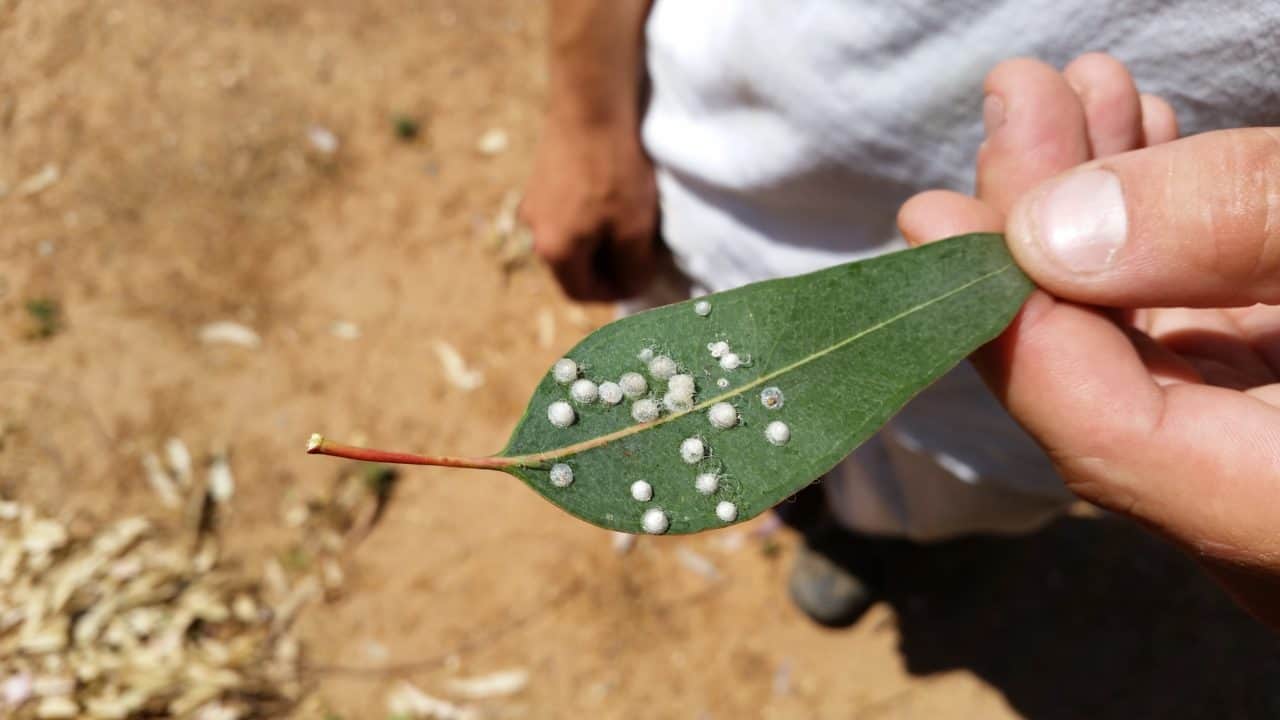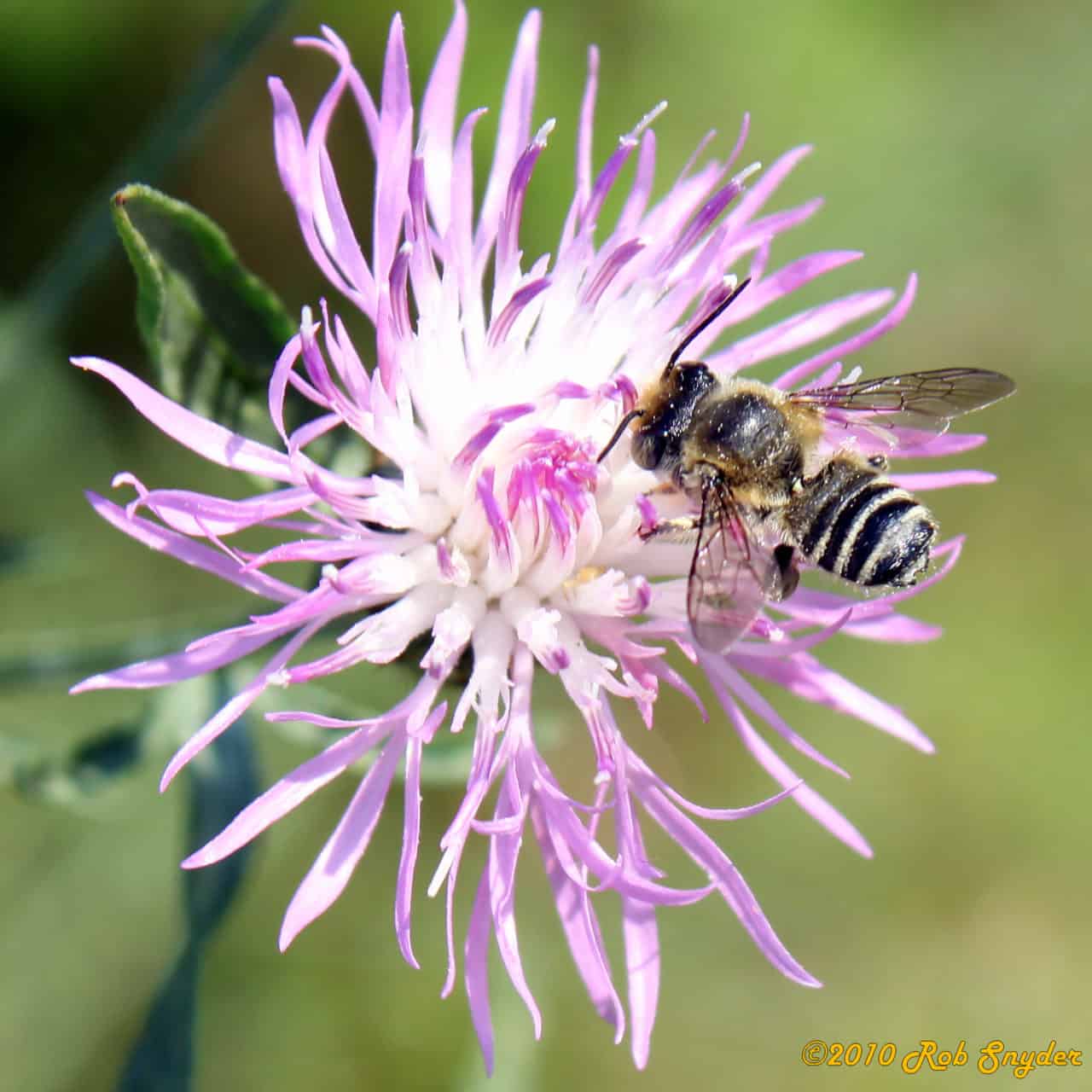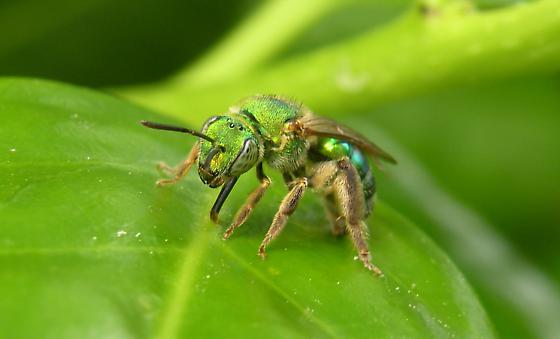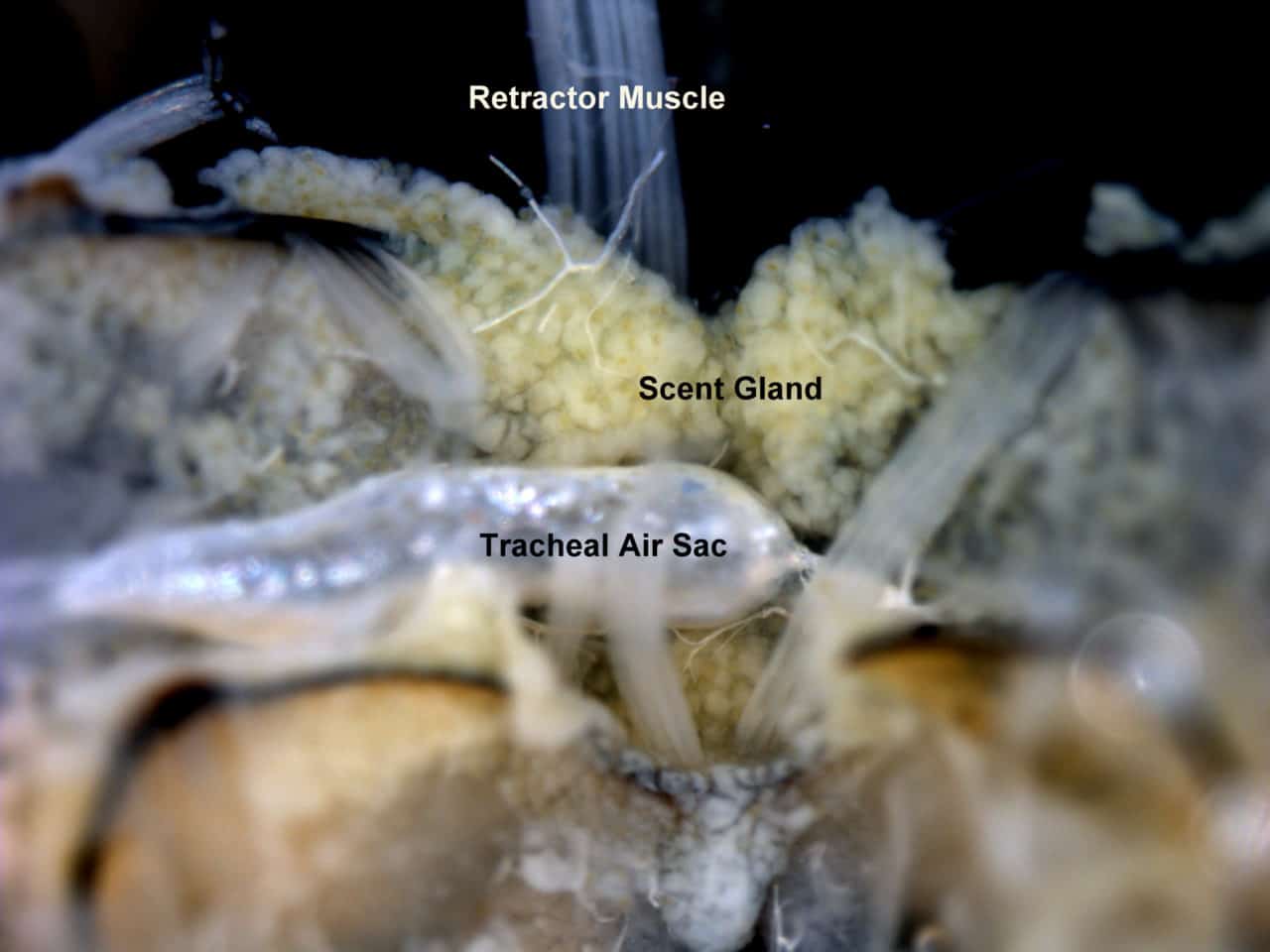The APHIS National Honey Bee Survey (NHBS) is a comprehensive physical examination of apiaries throughout the United Stated. The NHBS began in 2009 in order to address rising concerns over the health and sustainability of honey bee populations. The NHBS was funded by USDA-APHIS and is a collaboration between the University of Maryland and the USDA-ARS Bee Research Laboratory. The purpose of the NHBS is to be a comprehensive analysis of honey bee pests and an examination of the health of apiaries to further provide context for future and present epidemiological studies. One aspect of the NHBS is that each sample is tested for the…
Category: Cool Entomology
Honeydew: A Mixed Blessing
When Americans think of honey, most of us assume it comes from floral sources—basically bees collect flower nectar, add enzymes, and evaporate moisture to produce the finished product. However, I was recently talking to a friend who grew up near the Black Forest in Germany, and he told me as a child that his mother would give him “forest honey,” which was thicker had a much richer taste than anything he had seen in American supermarkets. Also known as honeydew honey, the source is not floral but actually from the waste products (which you can check over here) of a number of sap-sucking insects including…
Alfalfa Leafcutter Bee (Megachile rotundata)
Megachile rotundata (or the alfalfa leafcutter bee) is a species native to Eurasia that was introduced into the United States after the 1930’s because of a drop in seed production. This bee was brought into the US to increase pollination yields of Alfalfa for seed because honey bees are not the best pollinators of the crop. M. rotundata was also introduced to New Zealand (1971) and Australia (1987) for the same reasons. This solitary species is now widespread across the United States with many feral populations. Alfalfa has a tripping mechanism that triggers the stamen (pollen reproductive organ) to strike the pollinator enabling pollen transfer…
New Cell Cultures Advance Honey Bee Science
Cell cultures are cells that are removed from an organism and grown apart from the body in a controlled environment. Put another way, cells in a cell culture are living and reproducing, but are grown in a lab instead of as a part of a body. Cell lines are cell cultures that come from the same genetic background, meaning all cells grown from a cell line are from the same set of original cells. Cell cultures are grown in a controlled environment, allowing researchers to conduct highly controlled studies where cells can be exposed to different factors and the response of the cells is measured.…
Bee Guts
This summer I have had the good fortune of continuing my work in the vanEnglesdorp lab, and I have learned a variety of new techniques for assessing hive health. The one I will be talking about today is a project I have just begun work on- bee autopsies. This may sound gruesome, and maybe it is, but I have thoroughly enjoyed learning how to correctly dissect and evaluate honey bee digestive tract health. This dissection, in the most basic terms, requires that the entire contents of the abdomen be removed and examined. This includes structures from the crop, or honey stomach, all the…
Bee Mimics
At a glance can you tell who the imposter is? Honeybee mimics like the drone fly, shown on the above left, have been able to fool many people, especially when you just glance at one out of the corner of your eye. But why does this fly, and other mimics go through the trouble of imitating another organism? How can we easily tell what’s a bee and what’s not? And why would we want to do such a thing anyway? As it turns out mimics of many types exist for many reasons. These include protection from predators, which would be referred to as…
Zombees!
You may remember hearing in the news a while back about the appearance of zombie bees along the west coast of the United States. No, the zombie bees aren't a result from a bio experiment gone wrong, but are honey bees being parasitized by Apocephalus borealis aka the zombie fly. The female fly finds a honey bee (most likely a worker), attaches, and then injects eggs into her abdomen. The eggs hatch into larvae which use the bee as a food source, consuming her organs and other tissues as they mature. During this process the honey bee displays unusual behaviors including flying at night and…
Know Your Local Pollinators!
Today I am posting on behalf of one of our undergrads, Tyler Connine. He is a pre-med biochemistry major at University of Maryland with a unique awareness of the natural world. Tyler is part of our ongoing Nosema project which is focused on the examination of individual bees for Nosema spores. Aside from his growing interest in honeybees, Tyler has also shown some curiosity towards native bee species. This is his blog entry. Know Your Local Pollinators! Most people are aware of the importance of pollinators in plant reproduction. But do you know about your native pollinators? The temperate climate of Maryland makes spring and summer…
Image Collection
As honey bee researcher’s photos are used to document everything from locations and landscapes to sampling events and equipment to the condition of colonies, honey bees and/or related pests and pathogens. Recently, our Northern California Tech Transfer Team used images taken in the field to help confirm the diagnosis of a European Foulbrood outbreak in an almond orchard. Some of the images I take are good; some are ok but most are bad. From my experience hundreds of pictures yield but a few images worthy of sharing. We are currently in the process of putting together a collection of images that we hope to use…
Dissection Experiment
In December I was asked to visit our diagnostic lab at the University of Maryland to check on the status of a stereo-scope that will be utilized at the vanEngelsdorp Lab for a variety of applications related to honey bee research. The microscope was previously housed at our office in Oroville, CA (Butte County Cooperative Extension 2279B Del Oro Ave.) Because the scope was being under-utilized by members of our team the decision was made to ship it to the University of Maryland where it would be used for things like honey bee necropsies and tracheal mite testing by students and our diagnostic team. One…



